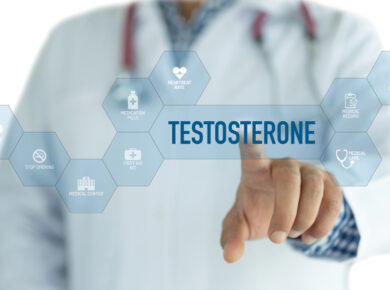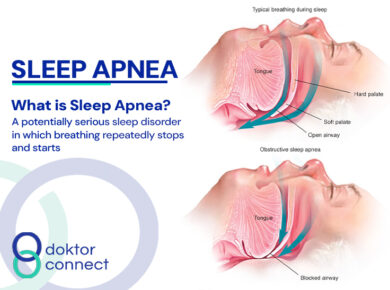What is Prostate Enlargement?
Benign Prostate Enlargement means enlarged prostate gland and it is a condition that affects how men urinate. It is quite different from prostate cancer, as this condition is benign i.e. not a cancer and it cannot spread to other parts of the body. It is also known as Benign Prostate Hyperplasia (BPH)
The prostate is a walnut shaped organ that is part of the male reproductive system. It is located in the pelvis, between the penis and bladder.
It also secretes a fluid that makes up about a third of the total semen volume. This fluid provides lubrication and nutrition for the sperm and it also neutralizes the acidic vaginal environment.
How common is it?
Benign Prostatic Enlargement is a normal part of the aging process in men. When the prostate tissue is looked at under the microscope, about half of all men will show benign prostatic hypertrophy at age 60. By age 85, almost 9 in 10 men will be affected.
Symptoms of Benign Prostate Enlargement
An enlarged prostate does not always cause symptoms and severity of symptoms is not exactly related to the size of the prostate. If the prostate becomes enlarged, it can place pressure on the bladder and the urethra, which is the tube that urine passes through. This can affect how you urinate and may cause:
- Frequent urination in the day or at night
- Straining to urinate
- Having a need to urinate urgently
- Sensation of incomplete urination
- Dribbling i.e, losing little amounts of urine
- Difficulty in initiating urination
- Poor urine stream
Moreover, some of the symptoms can vary from very mild and not affecting quality of life and can even improve with time to severe symptoms.
Investigations vary and includes; urinalysis, kidney function test, liver function test. Imaging of the prostate may also be indicated
Another important test is the Prostate Specific Antigen (PSA). Normal PSA levels change with age and depending on the degree of one’s prostate cancer risk, the American Cancer Society recommends screening (e.g PSA test) from the age of 40. You can do any of these here
Management of Benign Prostate Enlargement
Symptoms associated with BPH can be managed in different ways depending on the severity. It can be treated conservatively i.e, watchful waiting or through the use of medications or surgery (minimally invasive surgery inclusive).
Complications
If the bladder outlet becomes obstructed due to the enlarged prostate, complications can occur like;
- Urine retention that may have to be relieved with the use of a catheter which is like an artificial pipe that is passed through the urethra to the bladder or directly to the bladder through the suprapubic region.
2. Kidney failure
3. Recurrent urinary tract infections
4. Bladder stones
Lifestyle modifications
Lifestyle changes that may help relieve some of the symptoms of BPH are;
- Avoid alcohol and caffeine
- Avoid drinking large quantity of fluids at night
- BPH has been linked to factors such as obesity, thus eat healthy and exercise regularly.
- Go to urinate when you have the urge to
- Practice double voiding i.e. empty the bladder, wait a moment and then try again.
In Summary,
Urinary symptoms do not always arise due to benign prostate enlargement and thus it is important to speak to a doctor to be evaluated if they occur



